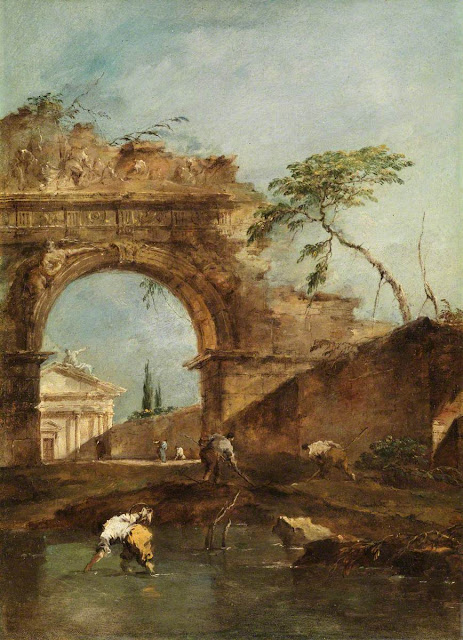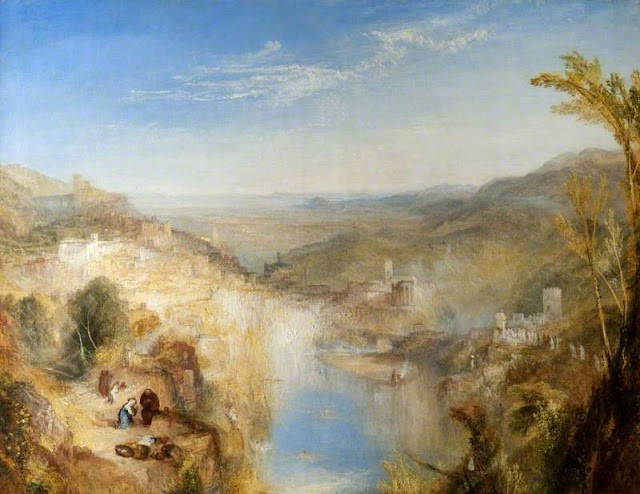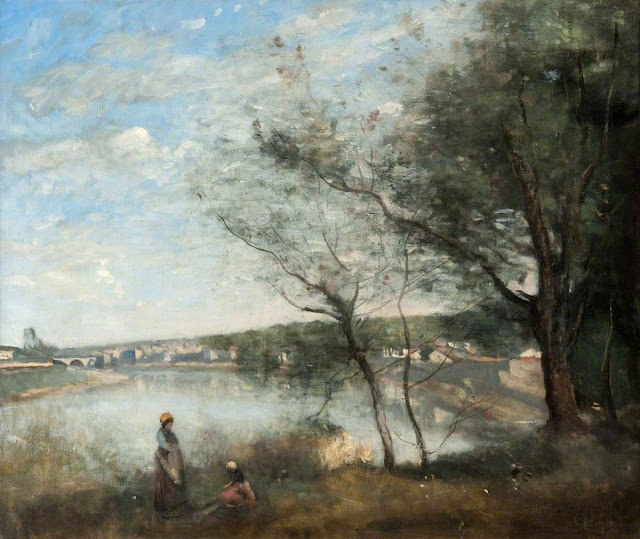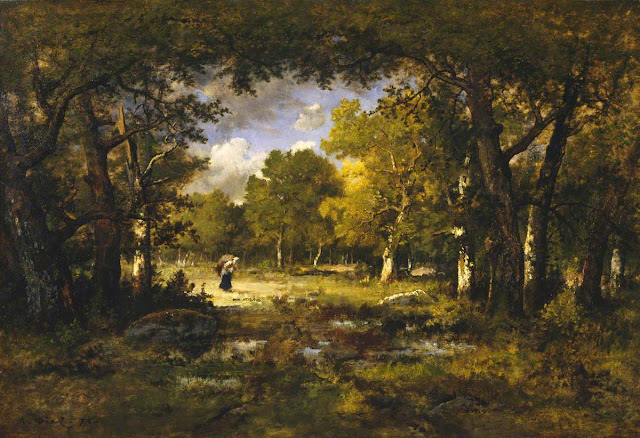 |
| Giovanni Battista Viola Landscape with Figures ca. 1620-22 oil on panel Bowes Museum, Barnard Castle, County Durham |
 |
| Francisque Millet Classical Landscape with Figures by a Fountain ca. 1660-65 oil on canvas Chiswick House, London |
 |
| Jan Both Italian Landscape with Monte Socrate ca. 1635-41 oil on canvas Fitzwilliam Museum, Cambridge |
 |
| David Teniers the Younger Landscape with Two Shepherds ca. 1650-60 oil on canvas Wellington Collection, Apsley House, London |
 |
| Gaspard Dughet Landscape with Shepherds ca. 1660 oil on canvas Manchester Art Gallery |
 |
| Karel Dujardin Landscape with Livestock 1655 oil on panel York City Art Gallery |
 |
| Nicolaes Berchem Hilly Landscape with Herdsmen before 1683 oil on canvas National Trust, Kedleston Hall, Derbyshire |
 |
| attributed to Philips Wouwerman Hawking ca. 1650-52 oil on panel Kelvingrove Art Gallery and Museum, Glasgow |
 |
| Jan Brueghel the Elder Travellers on a Country Road with Cattle and Pigs 1616 oil on copper Wellington Collection, Apsley House, London |
 |
| Peeter Gysels Landscape with Figures crossing a Brook before 1691 oil on copper Wellington Collection, Apsley House, London |
 |
| Jan Wijnants Landscape with Bare Tree 1659 oil on canvas Wallace Collection, London |
from A Letter to Sir Henry Goodyer
I write not to you out of my poor Library, where to cast mine eye upon good Authors kindles or refreshes sometimes meditations not unfit to communicate to near friends; nor from the high way, where I am contracted, and inverted into my self; which are my two ordinary forges of Letters to you. But I write from the fire side in my Parler, and in the noise of three gamesome children; and by the side of her, whom because I have transplanted into a wretched fortune, I must labour to disguise that from her by all such honest devices, as giving her my company, and discourse, therefore I steal from her, all the time which I give to this Letter, and it is therefore that I take so short a list, and gallop so fast over it; I have not been out of my house since I received your pacquet. As I have much quenched my senses, and disused my body from pleasure, and so tried how I can indure to be mine own grave, so I try now how I can suffer a prison. And since it is but to build one wall more about our soul, she is still in her own Center, how many circumferences soever fortune or our own perversnesse cast about her. I would I could as well intreat her to go out, as she knows whither to go. But if I melt into a melancholy whilest I write, I shall be taken in the manner: and I sit by one too tender towards these impressions, and it is so much our duty, to avoid all occasions of giving them sad apprehensions, as S. Hierome accuses Adam of no other fault in eating the Apple, but that he did it Ne contristaretur delicias suas.
– John Donne (1608)
 |
| Paul Bril Landscape with Troglodyte Goatherds ca. 1610-15 oil on canvas National Trust, Petworth House, Sussex |
 |
| Cornelis van Poelenburgh Christ on the Road to Emmaus ca. 1640 oil on copper National Trust, Hatchlands, Surrey |
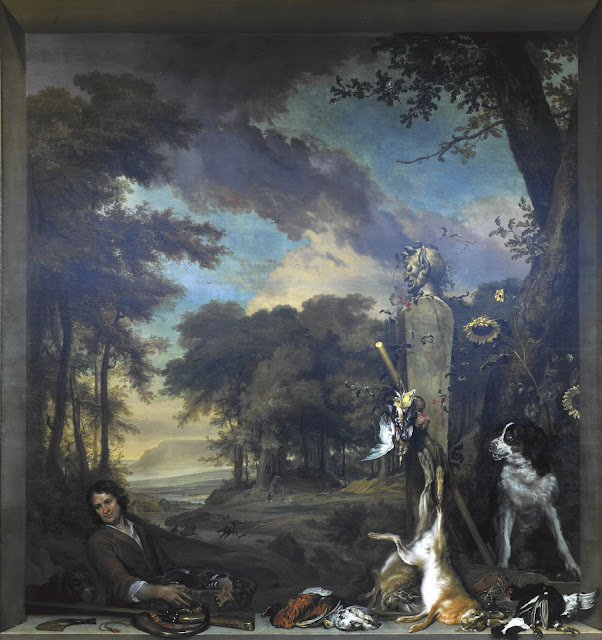 |
| Jan Weenix Landscape with Huntsmen and Dead Game (Allegory of the Sense of Smell) 1697 oil on canvas Scottish National Gallery, Edinburgh |
 |
| Jacob van Ruisdael Le Coup de Soleil ca. 1669-75 oil on canvas National Trust, Upton House, Warwickshire |























